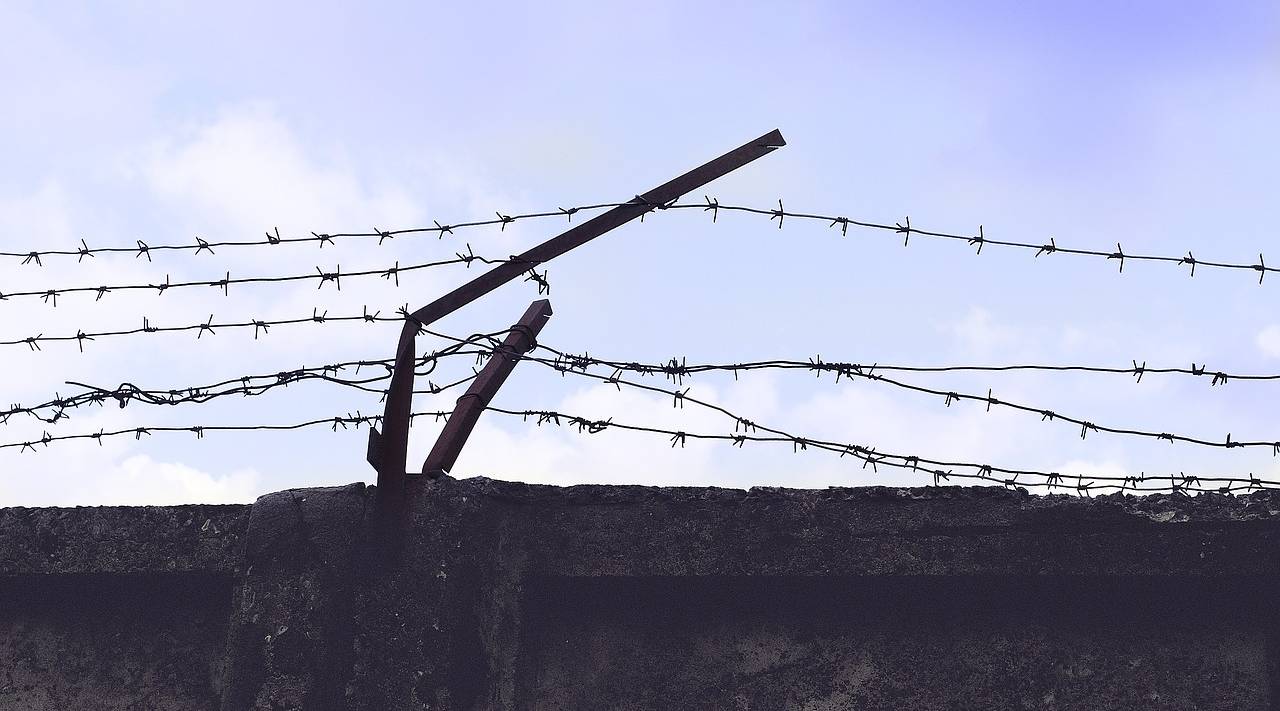
Philippines
Capital city — Manila
Country population
i2019Incarceration rate (per 100,000 inhabit…
i05/2018/ ICPRType of government
Human Development Index
0.699113/188
i2017/ UNDPName of authority in charge of the pris…
-
Total number of prisoners
i31/05/2018/ ICPRPrison density
i31/05/2018/ ICPRTotal number of prison facilities
i2017/ ICPRAn NPM has been established
Female prisoners
i15/04/2016/ ICPRIncarcerated minors
i2012/ WPBPercentage of untried prisoners
i31/05/2018/ ICPRDeath penalty is abolished
Daily life
Activities
All prisoners are entitled to spend at least one hour a day in the open air
Prisoners have very easy access to exercise yards in the main prisons. Due to overcrowding, cell doors cannot be locked shut.
The prison service offers activities to prisoners
yes
Opportunities for entertainment and learning are infrequent.
Still, some prisons manage to develop activities, which are varied: classes in morality offered by religious organisations, choirs, dance classes or workshops in manual activities, such as repair work or painting1.
Getting along in the overcrowded prisons in the Philippines (Système D dans les prisons surpeuplées des Philippines) in Le Temps, 6 May 2016 (in French). ↩
There are designated places for physical activities and sports
Reportedly, in 2014, the prison has tennis courts. Prisoners organise tournaments to which they invite professional players.
The administration at the Quezon prison encourages prisoners to be active all day. Aerobics sessions take place every morning on the basketball court1.
Philippines drug war turns jail into a haven in Reuters, 9 November 2016. ↩
Work
Work is compulsory
The administration does not provide prisoners with many work opportunities, beyond those in the prison farms. Some inmates, who possess expertise, make it available to their co-detainees as a way of making money. Small stands exist in the communal areas of a number of institutions, especially the New Bilibid prison. Prisoners ask regular visiters to bring items from the outside, which they then resell1.
The Correctional Institution for Women offers a work program, which allows women prisoners to develop professional skills and earn a little money. They can produce artisan products, raise pigs or poultry, or cultivate vegetables on a small scale.
The money earned by prisoners can help support their family on the outside.
Inside one of the world’s largest prisons by CNN, 12 December 2014. ↩
Variation in the number of prisoners who work
no
The prison farms (see Parc immobilier) provide prisoners with work. All the prisoners in these institutions learn and exercise a trade. Those with high-risk profiles work indoors under supervision. Others develop outdoors as farmers, forest rangers, carpenters, even fishermen. Administration of the Iwahig prison farm is partly entrusted to 200 prisoners, while 1,000 others take responsibility for the crops1.
Life inside the Philippines’ prison without walls in Al Jazeera, 7 October 2015. ↩